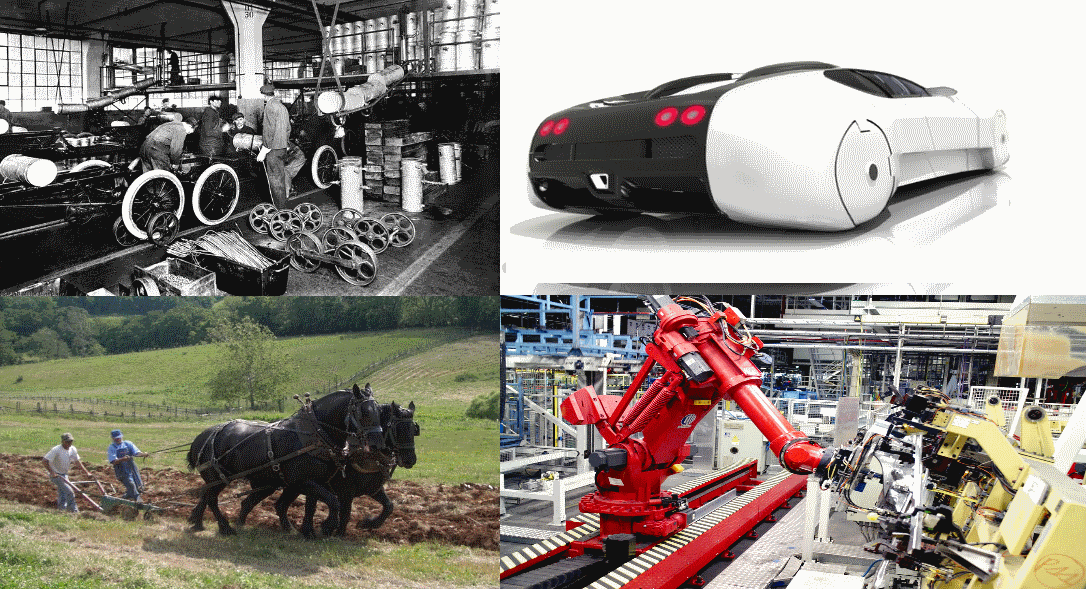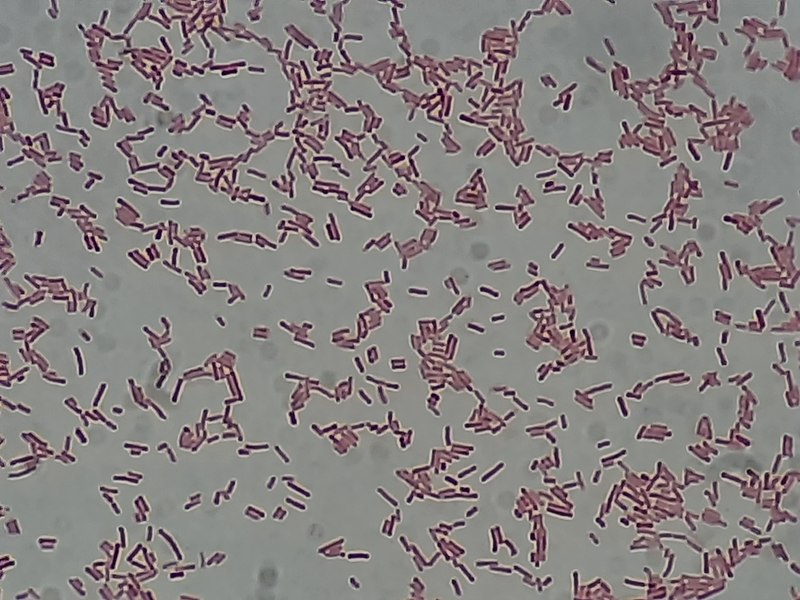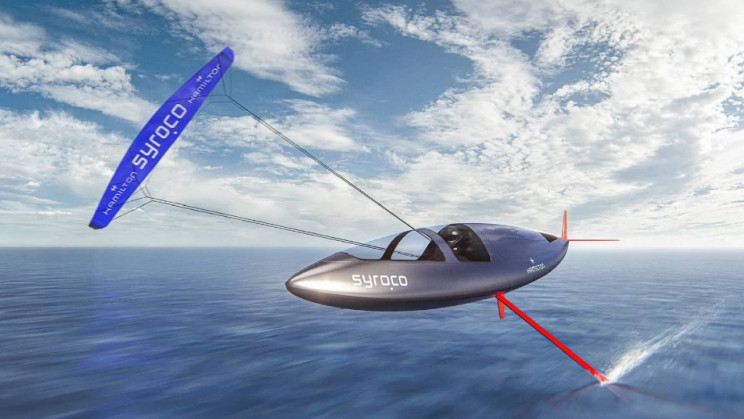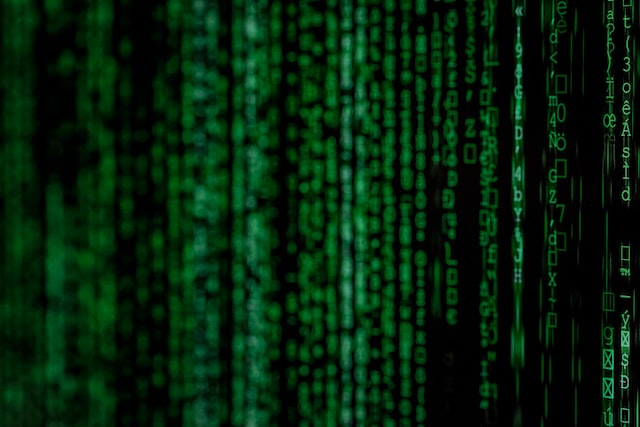When horses were replaced by cars in the early 20th century, automobile manufacturers used the term “horsepower” to refer to the strength of their new internal combustion engines. The Model T produced 20 horsepower (15kW) and reached a top speed of 45 mph (72 km/h). Today, as robots begin to replace humans, similar measurements are underway to compare the output of humans to the output of robots.
One of the ways early automobile manufacturers advertised their new contraptions was to emphasize the filth, flies and fatalities related to the use of horses. Horses were magnets for disease and represented a health risk as horse manure was a breeding ground for bacteria. One estimate was that horse manure helped breed 3 billion flies a day in US cities in 1900. Yikes!
Besides, the economic argument that will inevitably be made in favor of robots, criticisms of humans will be trumpeted far and wide by robot makers: their need to sleep and take breaks, their tendency to ignore work rules and to be insubordinate.
It is a clear and widely pronounced rule of modern capitalism and a key linchpin of corporate governance that a company’s management must protect shareholders and their interests above all else. This value or norm, in and of itself, is not a bad thing unless it throws millions of humans out of work and into the pastures so to speak.
The Progress Of Robots
IndustryTap has reported on how robots are now performing design and architecture, building cars in factories so clean you could eat off the floors, having robots do “dirty work” from washing and folding laundry to Fukushima-like cleanups, and as soldiers on battlefields.
This is the beginning of what will look like, in one hundred years, what 1914 looks like to us now: the first mechanical air cooling systems, later dubbed “air-conditioners,” for home use, mechanized vehicles or “tanks” (used in World War I), the opening of the Panama Canal, the discovery of Sinope, a moon of Jupiter and placing horses out to pasture in favor of automobiles.
Big Changes Are Coming
Baxter, a decidedly first generation robot in the fledgling age of “modern robotics” is a bit slow (one tenth the speed of humans) and lacks mobility, but can do any mechanical action a human can do, within the reach of “his” arms: work on a factory floor, do household chores, and play games, all at 1/100 the price of a human.
The change is almost imperceptible: in a few short years, humans have become accustomed to checking out of pharmacies and grocery stores using automated teller machines. At some of the larger locations, what used to require a dozen or more human cashiers and an equal number of cash registers is now done by an equal or lesser number of machines with one human to oversee the checkout process.
Many of the advances that have occurred in robotics over the past 15 years are driving the revolution as costs of making these robots are decreasing over time, finally, to the point where today widespread adoption is underway and inevitable.
But while robotic advances are sure to make many people’s lives better and more productive are we beginning to look like draft horses from the last century, who were replaced by the automobile and put out to pasture?
Related aricles on IndustryTap:
- Robot Uprisings? Will Computers With Human-Like Intelligence Control Our Future?
- Mercedes-Benz World Premier Of Self Driving Future Truck 2025
- World’s Largest Diesel Engines: Past, Present & Future (Video)
References and related content:







